Today’s world is defined by information, we all know that. It’s everywhere! It’s in magazines, newspapers, television, online, on our mobile phones and on social media. All these media channels are also, of course, vital components of any marketing campaign.
With such a range of channels at a brand’s disposal to connect with their audience, how can you ensure that you’re getting maximum reach, exposure and ROI for your marketing spend?
I guess the question here is: what’s the world’s most effective media mix? Well, the answer is: it depends. Some may say that print media, for example, is now out of the question, with the online world taking over like a storm. Well, on that particular issue I disagree. So, why do I think print media still so important?
1. You can feel it
Well, something printed is tangible. With all good publications there’s a feeling of substance, of stimulating the senses, that whatever you’re holding has been carefully crafted. Then there are the practical advantages such as accessibility and portability.
Other reasons why people like print is to do with the feel of the paper, the way they can fold a leaflet, or cut out and keep vouchers for easy use. The quality of the paper and the high image resolution also play their part, as well as the ability to be put down and picked up again easily.
In addition, reading print demands the full attention of the reader and provides the means to escape today’s ‘always-on’ culture.
2. It’s part of our lives
In many ways, print is the ideal marketing medium: it’s available in both large and small numbers, can be accessed easily and it is engaging, versatile and creative. Each of the main types of print media has their own unique quality and role in their readers’ lives. Think how we let newspapers and magazines easily be part of our daily lives. They are there and you don’t even think twice about it. Awareness becomes second nature.
Direct mail pieces, on the other hand, are a great way to deliver a targeted and bespoke sales message, while door drops still have an enviable reach and ROI. Finally, catalogues can provide inspiration for customers and feel of security and substance before leading them online to make the purchase.
On their own, each channel fulfils a vital marketing role. When combined with other media, however, they are a highly effective force for any campaign and for any brand. The trick is choosing the right ones to use and to divide your budget wisely.
3. Focus is everything
Wouldn’t you like your client or prospect to give full attention to your message? Well… a recent neurological research has identified differences in ways people process information presented in print and on screen. These studies have found that readers of print maintain their capacity to read for longer and tend to focus more on what they are reading.
On the digital side, it’s also said that people who read a lot of online material become used to bite-sized pieces of information and are distracted easily, losing the capacity to focus for a long period on a single subject. Interesting!
4. Again and again… and again
Print media has a close relationship with its readers. Indeed, print is often called the ‘me-medium’, as it can become an integral part of its reader’s world. But this relationship extends beyond the initial read-through. Because print is easily put down and picked up, it creates a presence and sticks around in the household or workplace, and can be read again and again by others that come across it.
People also have certain reading rituals, so they will often return to a publication a number of times to take in all the information it has creating a building a relationship with the publication however big or small it may be.
5. One to one
Print media exists in many forms: from mass media (hundreds to millions of copies) to one-to-one (the personalised version). In between, there are formats such as the personalised newspaper or magazine – titles that have content tailored to the specific reader.
Personalisation adds to the effectiveness of the print medium as consumers prefer a tailor-made approach to the generic. Such flexibility and adaptability allows the marketer and brand owner to choose exactly the right print media for their brand.
6. Mix and Match
An effective marketing campaign works best when print is used with other media as one element of an integrated solution. Adding magazines to a mix of TV and internet increases brand favourability by 44% and purchase intention by 15%. The combination of online and newspapers also increases effectiveness, with brand engagement 26% higher than using just print or online.
Print media can now offer quick and simple ways to access digital content using ‘bridging technologies’ such as QR codes and augmented reality. These innovations form a bridge between print media and a brand’s online space, inviting consumer reaction, feedback and purchase, all via a smartphone. Such innovations increase the effectiveness of print media and also enhance the consumer experience.
The secret is to know how to use your media in the best way and allocate your budget based on your objectives and the responses you would like to get. It’s a tricky balance, but with the right approach one that can be very successful.
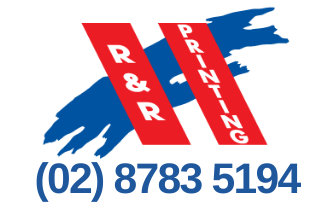
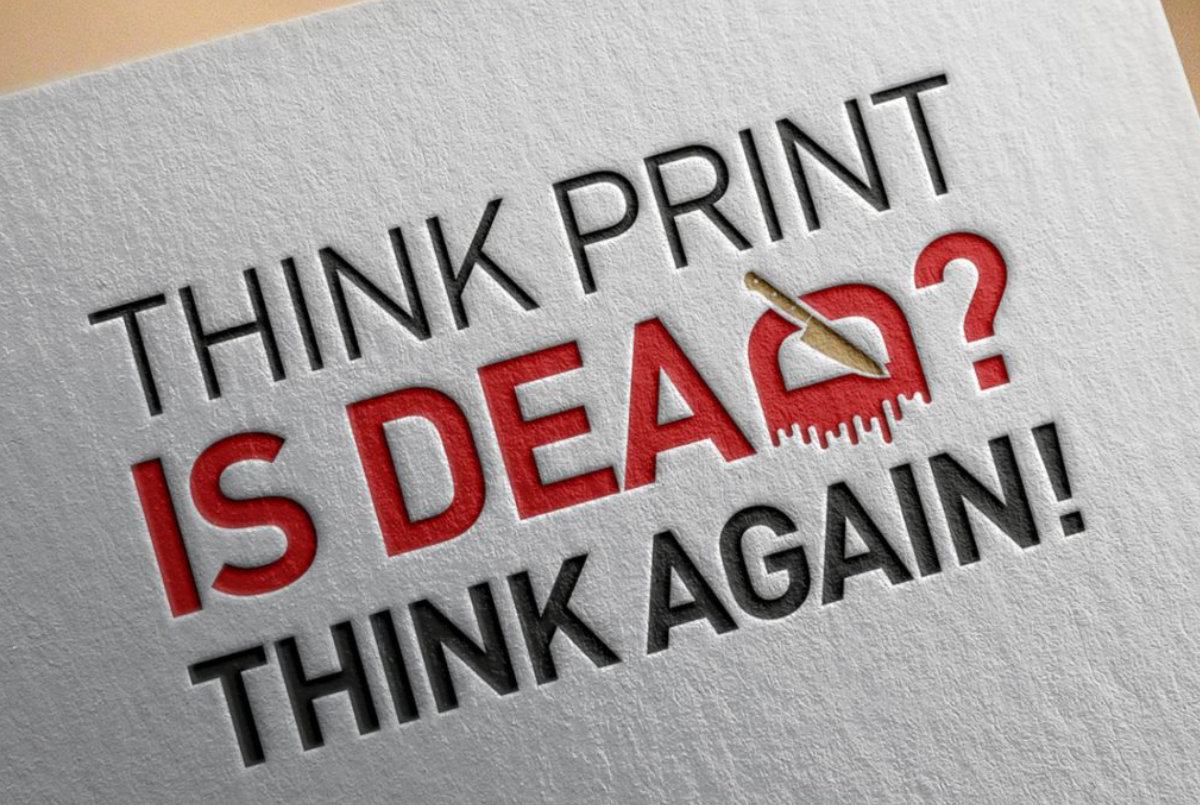
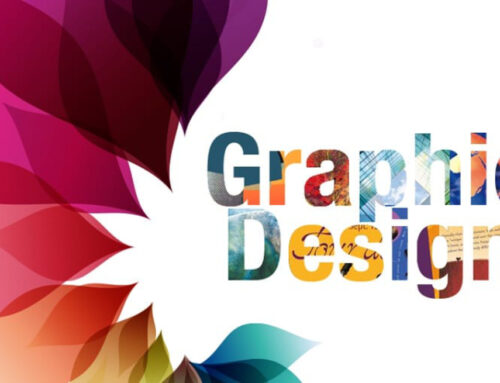
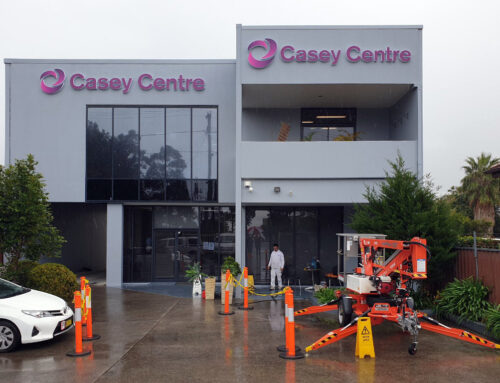
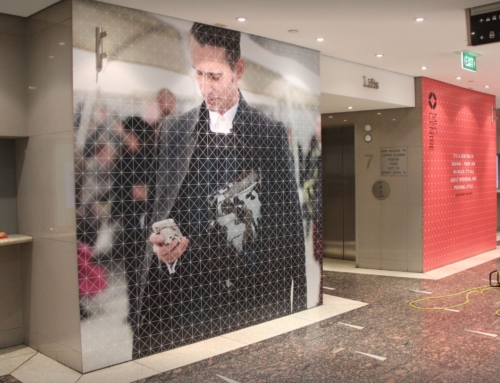

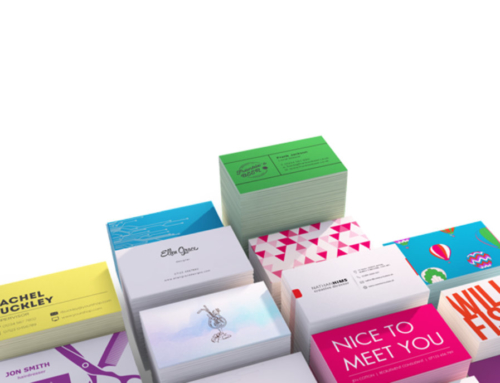
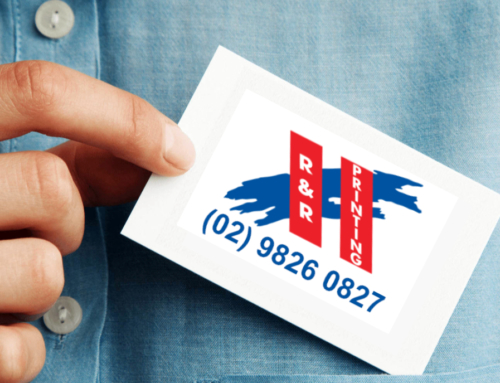
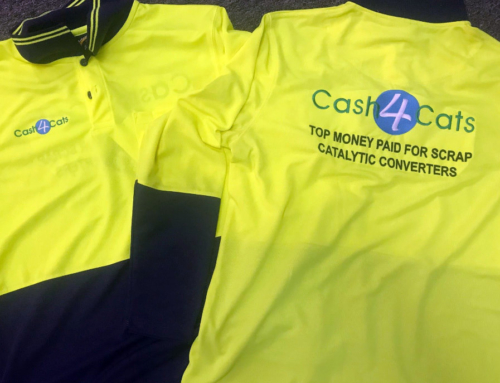
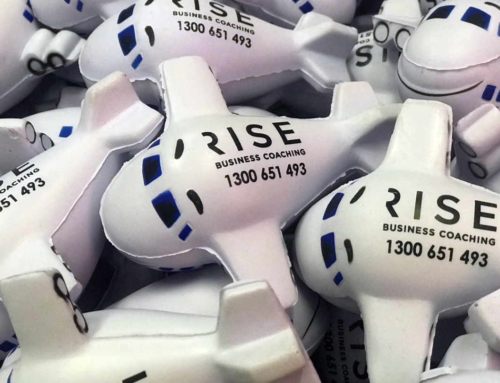
Leave A Comment